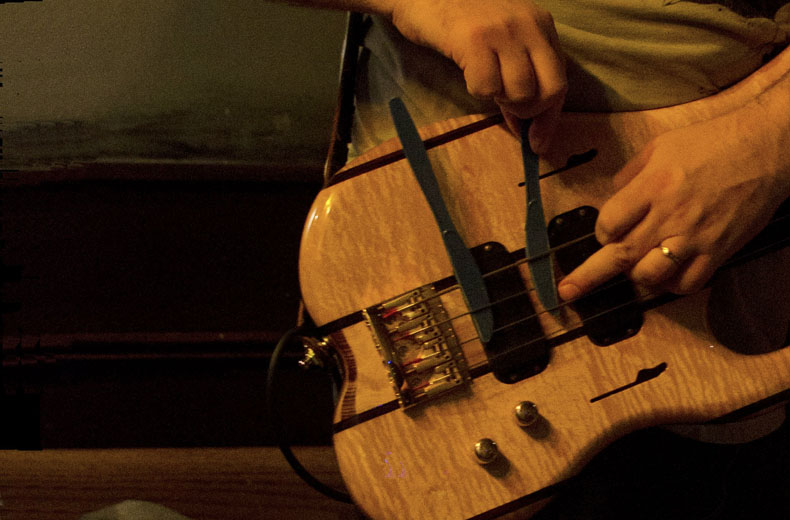In my first year in University, when I started out in Musicology, I ran into a lot of problems. A simple rock bass player with an interest in jazz, a lot of my issues had to with me at the time being a very poor reader and writer of musical notation. It freaked me out, frankly.
A class where this was in particular strong effect was Counterpoint and Harmony. Having to write strict fugal material was tough enough, and Giovanni de Palestrina’s works failed to entice the tiniest level of enthusiasm for the music.
But I found counterpoint mightily fascinating though. There is a dynamism in it that you just don’t get with changing harmonies on the barline, a rather crude mechanism by comparison. And I related strongly to Renaissance music, the stuff Ockeghem and DesPrez or Monteverdi and Gesualdo were doing.
Consider a convoy of ships. From a distance it is ploughing slowly through the ocean like a shapeless mass, but upon closer inspection each ship moves a bit faster than the one next to it, which moves sloewr than the one next to it after which ship A retracts a bit of speed so it falls back after ship C and so on. It is an dynmic and kinetic play, endlessly fascinating, of quickly and subtle back-and-forth shifting of order and movement.
Consider on the other hand a Nascar race on tv. While the cars each have a sped of hundred of miles per hour, there is a certain slowness and peaceful dreaminess about these cars collectively moving around at , form a distance, subtly changing individual speeds, dreamily crawling past each other in a slow ballet of machinery. However, up close it is total mayhem. It is playing with time in the best sense of relativity.
However, what what I need to credit the counterpoint professor (Mr. Gerrit Kommers) first and foremost with, is introducing me to the music of Olivier Messiaen.
One day in class, he played Transports de Joie d’une Ame devant la Gloire du Christ qui est la Sienne, from 1933’s “L’ascension “ and it hit me like the proverbial ton of bricks. Now that was church organ music I could relate to on a direct emotional, soulful level and it was hip as hell. I still think it is a very strong piece of music, and nowadays I think I probably related to so strongly because this is a piece built on riffing, like a rock song, if anything. The sudden changes in combination with the absence of resolving harmonies that require resolution, fit in perfectly and instantly with my then rock-shaped hearing of the time, and the voicings for the organ with its heavy droning notes are really not that far off distorted guitar lines. When you hear the opening bars of this piece, ‘And justice for all’-era Metallica is really not that far off.
But there was also the religious element that I reacted to strongly; the year before (we are talking 1985 or so) I had seriously considered joining a Roman-Catholic University driven by my admiration for the philosophical content and sheer beauty in the writing of St. Augustine’s confessions. I spoke to a number of theology-studying friends and thankfully they advised against it for the good reason that one also is supposed to adopt the learnings of the church when one enters such a institution of higher learning. That would have been too much for me to handle.
But here was a deeply religious music that sounded warm, full of promise, life and hereafter and was utterly modern and wild at the same time. It gave me a sense of relgious fullfillment that I also had derived from the Confessions of St. Augustine, while leaving the clerical institutions behind.
I am not sure, but below version sounds suspiciously like the version that knocked me over back in the day. Either way, it is a very good one.
